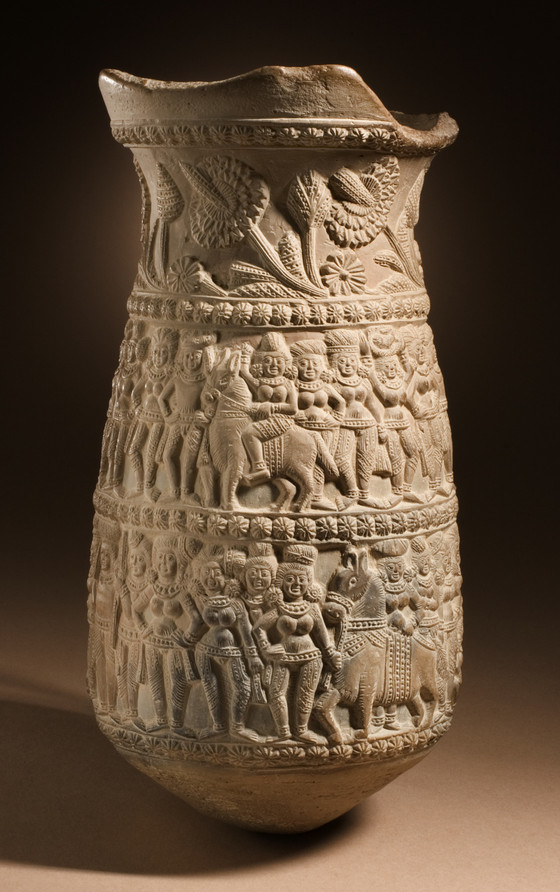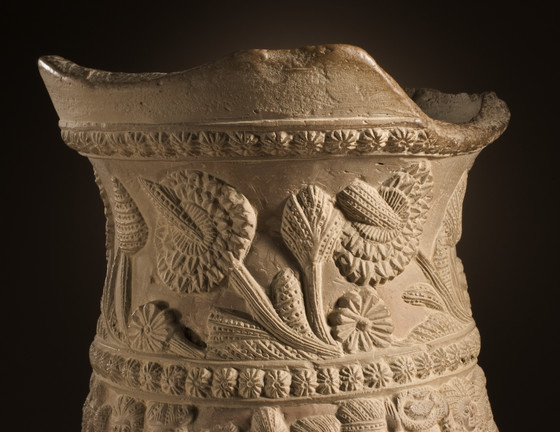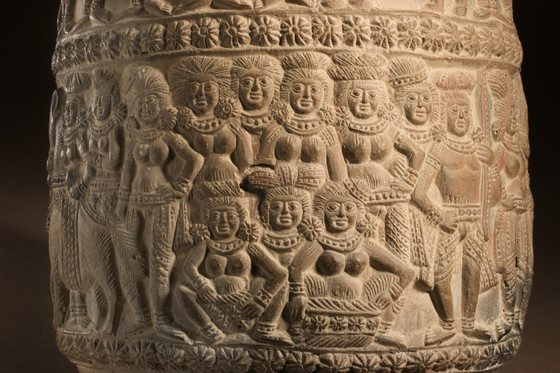Vase with Processional Scenes




Please log in to add this item to your gallery.
View comments
No comments have been posted yet.
Add a comment
Please log in to add comments.
Please log in to add tags.
* Nearly 20,000 images of artworks the museum believes to be in the public domain are available to download on this site.
Other images may be protected by copyright and other intellectual property rights.
By using any of these images you agree to LACMA's Terms of Use.
Vase with Processional Scenes
India, West Bengal, Chandraketugarh region, circa 100 BCE
Furnishings; Accessories
Buff colored, low-fired ceramic
Height: 10 1/4 in. (26.04 cm); Diameter: 5 1/4 in. (13.34 cm)
Gift of John and Fausta Eskenazi in honor of the museum's 40th anniversary (M.2005.155)
Not currently on public view


